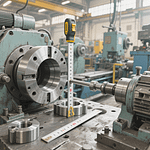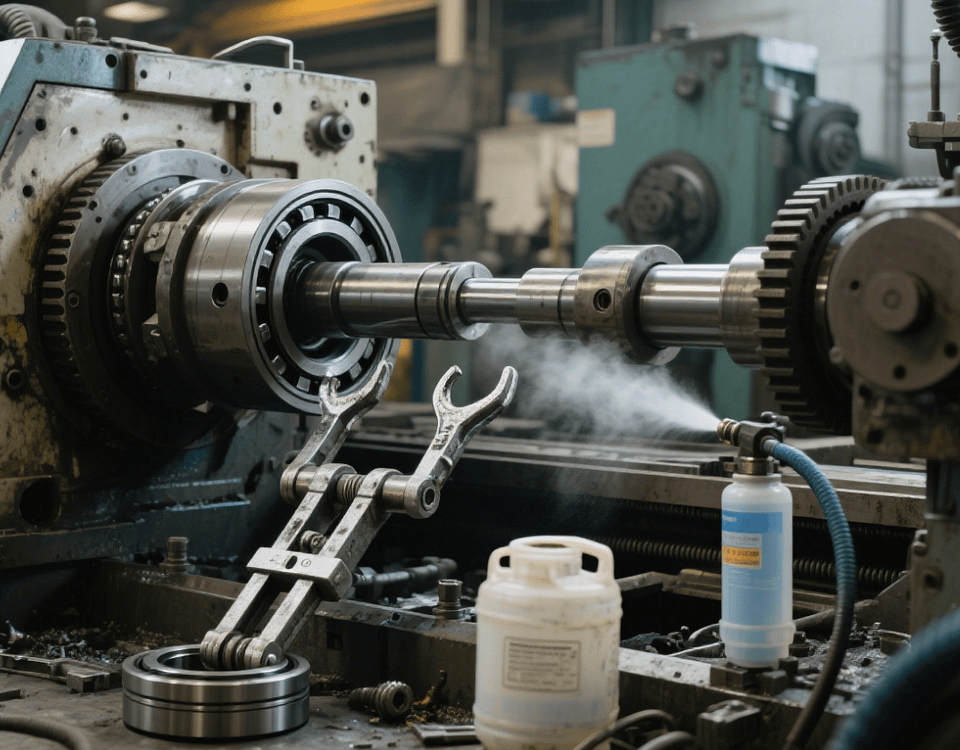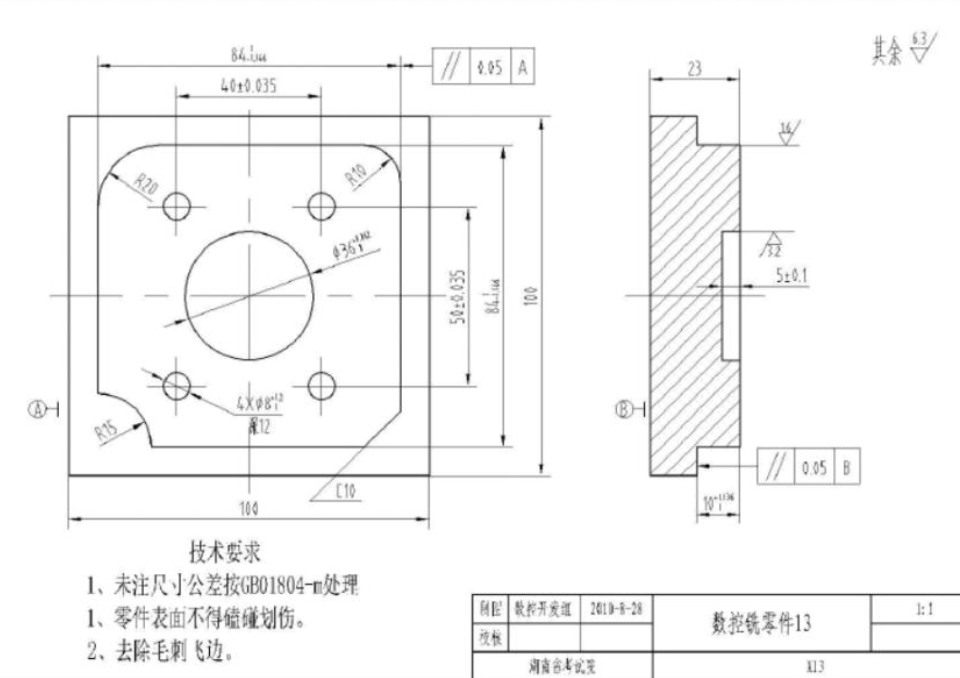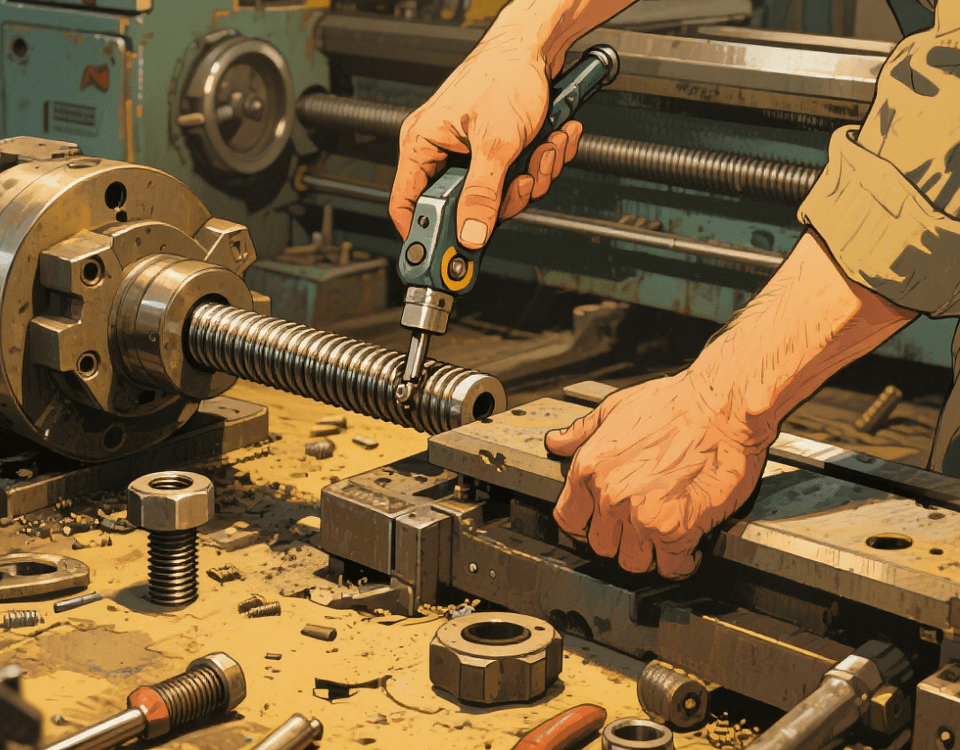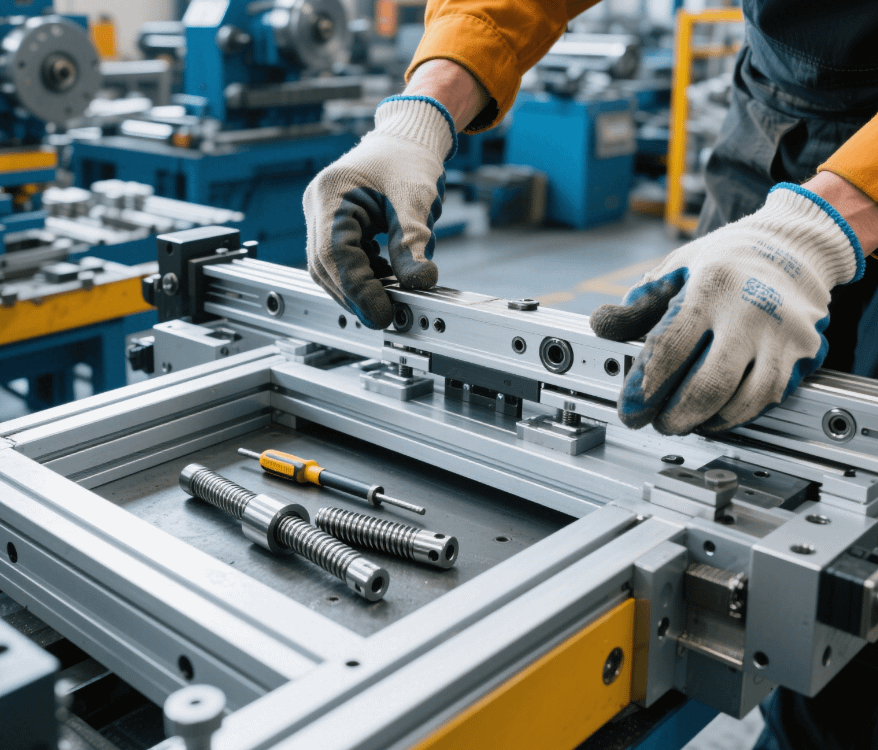How to Improve Part Output of CNC Machines
In the field of Swiss-type lathe precision machining, increasing the part output of CNC machines (such as boosting single-shift production from 800 to 1,200 pieces) is core to optimizing productivity. This requires end-to-end optimization from process planning and equipment efficiency to automation integration. The following details high-efficiency production solutions from bottleneck breakthrough to intelligent scheduling based on the factory’s 11 years of practice.
I. Production Bottleneck Diagnosis Technology
1. Cycle Time Analysis
Cycle Time Breakdown: Stopwatch measurements reveal that tool changing accounts for 22%, clamping 18%, and idle stroke 15% in φ2mm shaft machining;
SMED Quick Die Change: Compress tool presetting time from 15 to 3 minutes (using shrink-fit tool holders + presetters).
2. OEE Efficiency Monitoring
Efficiency metrics before and after optimization show significant improvements:
Time Utilization Rate: From 68% to 89%, +31% increase;
Performance Utilization Rate: From 72% to 91%, +26% increase;
First Pass Yield: From 92% to 98%, +6% increase.
II. Cutting Process Acceleration Solutions
1. High-Speed Machining Parameter Optimization
Steel Turning: Use CBN tools (grade CC7025), increase spindle speed from 18,000 to 25,000r/min, and feed rate from 0.05 to 0.08mm/r;
Aluminum Milling: Adopt PCD spiral milling cutters (pitch 1.5mm), increase cutting speed from 400 to 650m/min, shortening single-process time by 40%.
2. Multi-Task Synchronous Machining
Dual-Spindle Linkage: While the front spindle of the Swiss-type lathe turns the outer circle, the rear spindle drills holes, increasing process combination rate by 35%;
Y-Axis Eccentric Machining: Achieve simultaneous machining of radial holes and outer circles via Y-axis offset (±5mm), reducing clamping times.
III. Automation Integration Solutions
1. Truss Manipulator Loading/Unloading
Preprocessing: Vibratory bowl (amplitude 0.8mm) sorts blanks, and vision system (1200dpi resolution) identifies orientation;
Motion Optimization: Shorten pick-and-place cycle time from 8 to 5 seconds (using servo motors + linear guides).
2. Intelligent Tool Magazine Management
Tool Life Monitoring: Real-time tool wear monitoring via current sensors (0.1A accuracy), automatically triggering tool change warnings;
Tool Magazine Optimization: Increase standby quantities of common tools (e.g., φ3mm drills) from 2 to 5, reducing tool change waiting time.
IV. Production Scheduling Optimization
1. Group Technology Application
Part Family Classification: Categorize similar parts (e.g., shafts with diameter ≤5mm) into Family A, sharing fixtures (changeover time reduced from 2 hours to 30 minutes);
Batch Optimization: Adjust economic batch size from 500 to 800 pieces, reducing equipment adjustment costs by 45%.
2. Dynamic Capacity Scheduling
ERP System Integration: Real-time synchronization of order priorities and equipment loads, with emergency order insertion response time ≤15 minutes;
Bottleneck Equipment Buffering: Set up 15 buffer stations beside Swiss-type lathes to avoid upstream/downstream blockages.
Typical Case: Productivity Improvement of φ3mm Copper Shafts
Process Optimization: Use ceramic tools (CC6060), increase speed from 20,000 to 28,000r/min, and feed rate from 0.03 to 0.05mm/r;
Automation Transformation: Install six-axis robots (repeat positioning accuracy ±0.02mm), shorten loading/unloading time from 10 to 6 seconds;
Scheduling Adjustment: Mix copper shafts and aluminum parts in 3:1 batches, increasing equipment utilization from 70% to 92%;
Capacity Result: Single-shift output increased from 900 to 1,450 pieces, with 61% higher labor efficiency.
Improving CNC part output requires integrating process innovation and intelligent management. Our factory is equipped with an intelligent manufacturing execution system (MES) and high-speed machining center clusters, providing turnkey projects from capacity diagnosis and process optimization to full-line automation. We have helped clients in electronic connectors, automotive sensors, and other industries achieve 30%-70% productivity improvements, with related technologies certified by ISO 9001 and IATF 16949.


